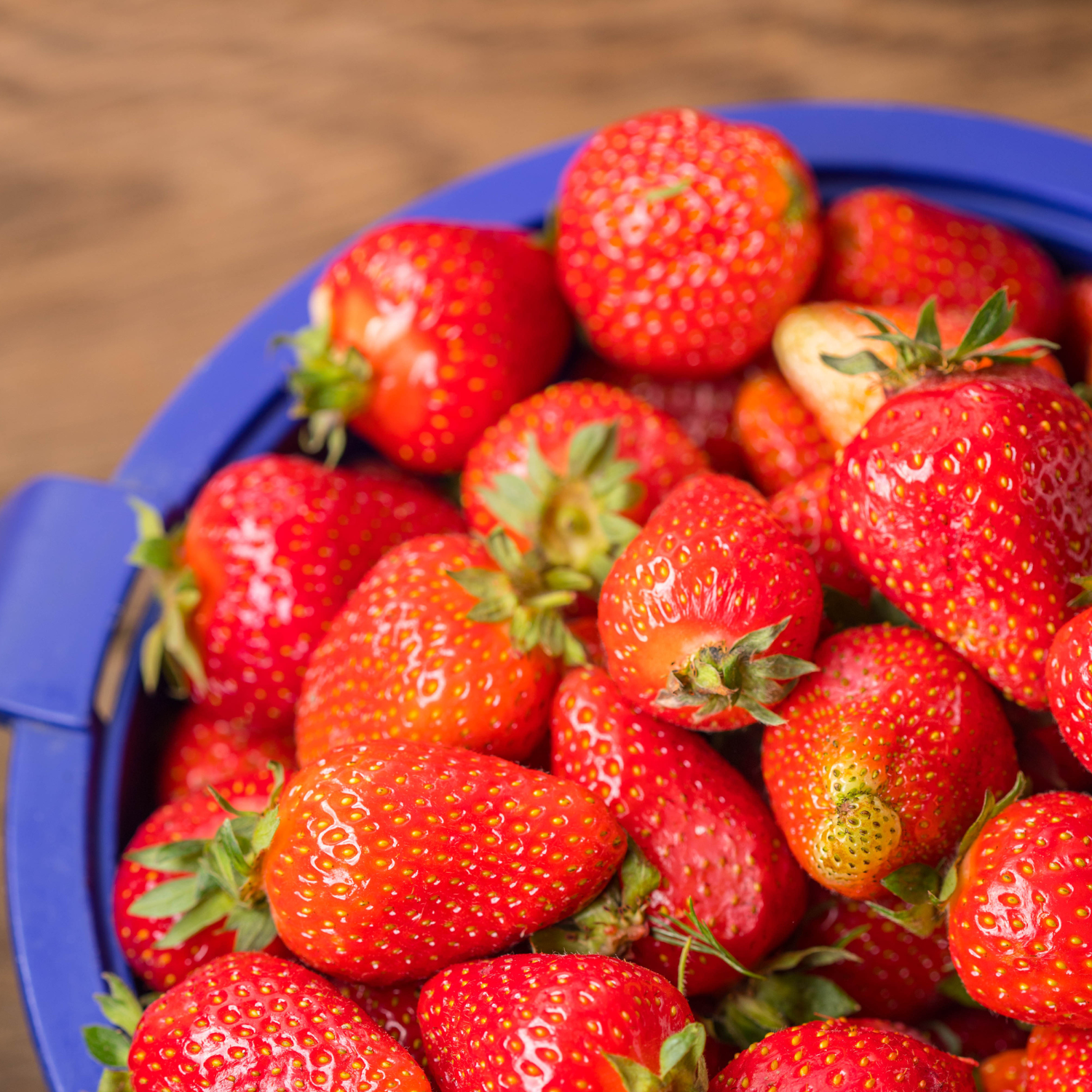Strawberries are one of the most beloved fruits in the world, known for their sweet, juicy flavor and bright red color. They are a popular addition to desserts, smoothies, and even salads. Growing strawberries at home is a rewarding and enjoyable experience, but it can also be challenging for beginners.
In this article, we will guide you through the process of growing strawberries at home, from selecting the right variety to caring for your plants and harvesting your delicious fruit.

1. Choose the Right Variety
The first step in growing strawberries is to choose the right variety for your climate and growing conditions. There are three main types of strawberries: June-bearing, everbearing, and day-neutral. June-bearing strawberries produce one large crop per year, usually in June or July. Everbearing strawberries produce two to three smaller crops per year, while day-neutral strawberries produce fruit continuously throughout the growing season.
2. Prepare the Soil
Strawberries prefer well-drained soil that is rich in organic matter. Before planting, prepare the soil by adding compost or well-rotted manure. If your soil is heavy or poorly drained, consider planting your strawberries in raised beds or containers.
3. Plant Your Strawberries
Strawberries can be planted in the spring or fall, depending on your climate. Choose a sunny location and plant your strawberries in rows or mounds, spacing them about 18 inches apart. Make sure to plant them at the same depth they were growing in their containers.
4. Water and Fertilize Your Strawberries
Strawberries need regular watering, especially during hot, dry weather. Water deeply once a week, making sure the soil is moist but not waterlogged. Fertilize your strawberries every four to six weeks with a balanced fertilizer or a slow-release fertilizer.
5. Control Pests and Diseases
Strawberries are susceptible to a number of pests and diseases, including slugs, aphids, and powdery mildew. To control pests, handpick or use insecticidal soap. To prevent diseases, make sure to plant disease-resistant varieties and remove any infected plants immediately.
6. Harvest Your Strawberries
Strawberries are ripe when they are bright red and easily come off the plant. Harvest your strawberries in the morning when they are cool and firm. Use a pair of scissors or your fingers to remove the fruit from the stem.
7. Store Your Strawberries
Strawberries are best eaten fresh, but they can also be stored for later use. Store your strawberries in the refrigerator for up to three days or freeze them for longer storage.
Growing strawberries at home is a rewarding and delicious experience that anyone can enjoy. With the right variety, soil, and care, you can enjoy a bountiful harvest of sweet, juicy strawberries.
Conclusion
In conclusion, growing strawberries at home is a fun and rewarding experience that can provide you with delicious fruit all season long. By following the steps outlined in this article, you can start growing your own strawberries today and enjoy the sweet taste of success.
FAQs
-
How much sunlight do strawberries need? Strawberries need at least six hours of sunlight per day.
-
What is the best time to plant strawberries? Strawberries can be planted in the spring or fall, depending on your climate.
-
Can I grow strawberries in containers? Yes, strawberries can be grown in containers, as long as they have adequate drainage and are placed in a sunny location.
-
What is the best way to prevent pests and diseases in strawberries? To prevent pests and diseases, make sure to plant disease-resistant varieties, remove any infected plants immediately, and use insecticidal soap to control pests.






Leave a comment
This site is protected by hCaptcha and the hCaptcha Privacy Policy and Terms of Service apply.